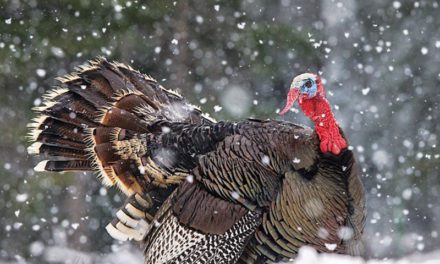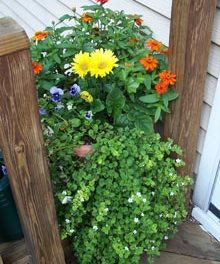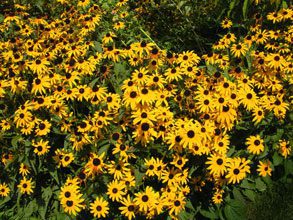Common practice has been to always plant trees at the same depth they were planted at the nursery or in their containers. This is good information and should be followed. However, due to nursery practices you can’t always count on the same depth being the best depth. These days, trees and shrubs are often grown on large factory farms where thousands are grown at a time. Individual trees start out as tiny seedlings in an equally tiny pot. As they grow they are successively moved to larger containers or to a field for growing out. With so many moves, the opportunity for a tree to be unintentionally buried too deeply at some point is great. It is the same with balled and burlaped trees; when the burlap is pulled up around the root ball, sometimes the soil is moved up too, and the root flare can be buried by accident. If you buy a tree with no flare showing, it is a good idea to gently wash the soil away so you can see where the roots start and plant accordingly.
Oxygen is absorbed and carbon dioxide is given off through the flare. If the roots are buried, this gaseous exchange cannot take place, so the tree develops secondary roots to compensate. Rather than growing out, these aerial roots tend to grow up and around and can girdle the trunk weakening the tree. These roots have little effect initially, but usually between 10 to 20 years later, they can become a noose and strangle the tree. This happened to a tree at my house, and when we dug the dead tree out the roots looked like a nest of snakes, all curled around each other.
To compound the problem, we, as homeowners, tend to pile mulch right up to the trunks of trees. This creates the same issue and it can also cause moisture to be retained along the lower parts of the tree, making it subject to fungal diseases. The best practice would be to keep mulch a minimum of a foot away from the actual trunk of a tree or any other shrub or plant.
While it is too hot to do any planting right now, it might be a nice time to visit area trees and observe their structure. There are brochures in the Beaufort Library for a Tree Walk on the Old Point. It is a nice early morning excursion right now. The park in Port Royal also has some fine specimen trees; take a look at them while shopping for your veggies this Saturday.
While we have had a little rain, it was hardly enough to compensate for the weeks of drought. Careful watering is important now. Rather than turning on the irrigation system that can be a water hog, consider hand watering your prized plants. My parents were both outstanding gardeners and I fondly remember my father coming home from work and hand watering his roses. Standing there with the hose in his hand was his down time, it was relaxing for him. I too find it so, and if I get splashed a little it feels pretty good right now.








